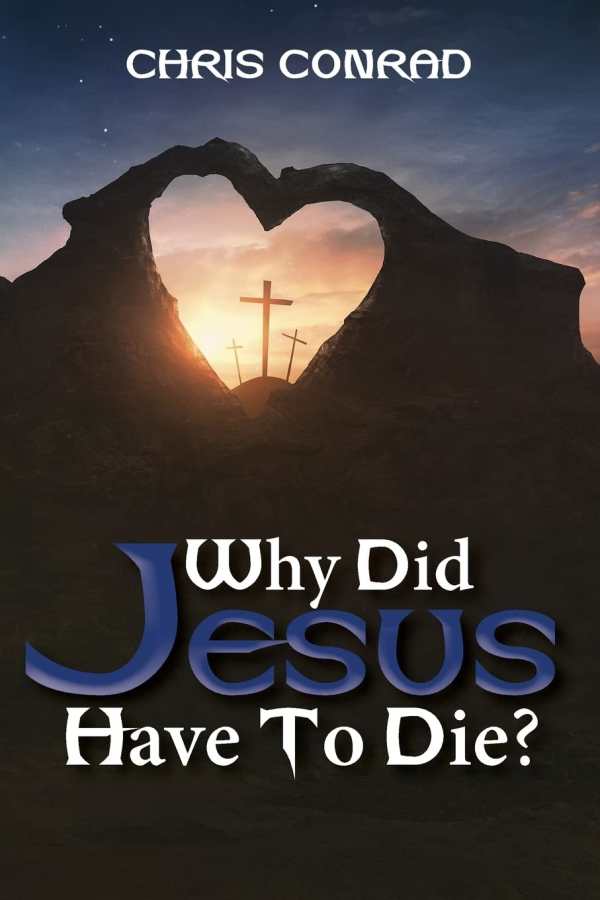Why Did Jesus Have to Die?
It's Not What You Think
A work that seeks to strengthen Christian faith by explaining Christian precepts in detail, Why Did Jesus Have to Die? is a persuasive theological text.
Pastor Chris Conrad’s thoughtful theological book Why Did Jesus Have to Die? introduces an alternative theory for the reasoning behind Jesus’s death and its importance in contemporary Christian faith.
Drawing upon biblical history and scripture, the book argues that God and Lucifer have been at war since Lucifer was cast from heaven, and that there have been ramifications of that tension for human beings. Treating that conflict as ongoing, the book argues that God hopes to teach people to strengthen their faith and to understand the importance of sin, death, and other conflicts. It leans into the Bible to support these notions, covering scripture starting with creation and the events leading up to the crucifixion and resurrection of Jesus. Each major event in biblical history is represented via quotes (with portions appearing in bold print to call attention to the most important sections), context, and references to the work of modern scholars.
This foundational work comes before the book’s introduction and discussion of its own explanation for Jesus’s death, the Great Controversy–Demonstration Model, which draws upon the work of scholar Graham Maxwell. It is used to answer questions that often cause conflict in Christians’ faith, including why it was necessary for Jesus to suffer and be reborn, about the temptation of Adam and Eve, and about God’s conflicts in heaven. While the book is aimed at church leaders, these topics are made comprehensible to all because of the book’s systemic breakdown of its arguments.
However, the book undermines its persuasiveness by rehashing its points without need. For example, the model is further explained via two parables that use train-wreck metaphors and by a second breakdown of the model’s components. While these illustrations are effective, they also belabor their points. Additionally, since the parables reflect one another, the second feels even more superfluous. A humorous science fiction illustration has the same discursive effect. And the book’s concluding section is also redundant, given the previous comprehensive and convincing treatments of the same topics.
Still, the book is accessible thanks to its casual tone; it balances edification with light humor throughout, injecting levity into its morose discussion of death and shaken faith. “If all God wanted was obedient servants, He could have made the Bible about twenty pages,” Conrad asserts before listing off God’s actions and theorizing on the rationale behind each.
Why Did Jesus Have to Die? is an earnest theological book that addresses shaken faith by explaining major biblical precepts with clarity.
Reviewed by
John M. Murray
Disclosure: This article is not an endorsement, but a review. The publisher of this book provided free copies of the book and paid a small fee to have their book reviewed by a professional reviewer. Foreword Reviews and Clarion Reviews make no guarantee that the publisher will receive a positive review. Foreword Magazine, Inc. is disclosing this in accordance with the Federal Trade Commission’s 16 CFR, Part 255.

